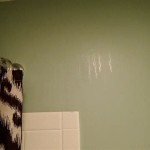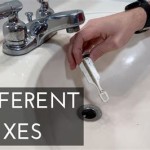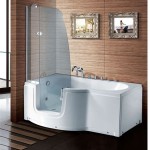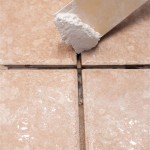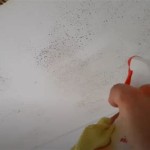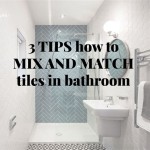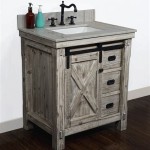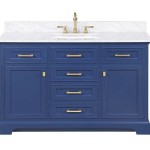Essential Aspects of Bathroom Sink Mirror Splashback
In contemporary bathroom design, the bathroom sink mirror splashback plays a critical role in enhancing both functionality and aesthetics. Understanding its essential aspects is crucial for creating a stylish and practical space.The bathroom sink mirror splashback, a noun, refers to a vertical panel installed behind the sink to protect the wall from water splashes. This article will explore the key factors to consider when selecting a splashback for your bathroom, including material, design, and installation.
### Material The material of the splashback significantly impacts its durability and aesthetic appeal. Popular choices include:Glass: Glass splashbacks offer a glossy, modern finish and are easy to clean. They come in various colors and patterns, providing endless design possibilities. However, they can be more expensive and require professional installation.
Tiles: Tiled splashbacks add texture and interest to the bathroom. They are available in a wide range of materials, including ceramic, porcelain, and natural stone. Tiling requires specialized skills, but it allows for customized patterns and intricate designs.
Acrylic: Acrylic splashbacks are a budget-friendly option that mimics the look of glass. They are lightweight, flexible, and easy to install. However, they can scratch or fade over time.
### Design The design of the splashback should complement the overall bathroom aesthetic. Consider the following factors:Shape and Size: The shape and size of the splashback should match the sink and mirror. A full-length splashback protects the wall from all sides, while a smaller one focuses on the sink area.
Pattern and Color: The splashback's pattern and color can add a touch of personality to the bathroom. Choose a design that complements the tiles, fixtures, and vanity.
### Installation Proper installation is essential for the splashback's longevity. Consider the following tips:Sealing: The edges of the splashback must be properly sealed to prevent water seepage. This is especially important in areas with high humidity.
Adhesives: The type of adhesive used depends on the material of the splashback. Liquid nails or construction adhesive are commonly used for tiles and acrylic, while silicone sealant is preferred for glass.
Professional Installation: For glass or intricate tiled splashbacks, it is recommended to hire a professional installer to ensure a seamless and durable installation.
By understanding these essential aspects, you can select and install a bathroom sink mirror splashback that meets your needs and enhances the overall design of your bathroom. Its functional and aesthetic benefits will make a significant impact on the daily use and enjoyment of your bathroom space.
Using Mirrored Splashback Instead Of Tiling Area Surely Helps To Reducing The Cost Along With Improving Overall Aesthet Mirror Bathroom Decor

Bathroom Splashback Ideas Create That Wow Effect

Mirror Splash Back Splashback 6 Unique Benefits

Stunning Mirror Splashbacks For Kitchen Bathroom Bedroom Image Glass

Bathroom Mirror 750 X 900 Shower Screens Splashbacks Wardrobes Ware Engineered Flooring Hybrid

Glass Splashbacks South Melbourne

What Is Glass Splashbacks Antique Ltd

Crystal Clear Glass Bathroom Splashback Chrome Cap 250mm X 600mm 4mm Diy At B Q

Coloured Glass Splashbacks For Bathrooms Kitchens

Do You Need A Splashback Behind Bathroom Sink
Related Posts
